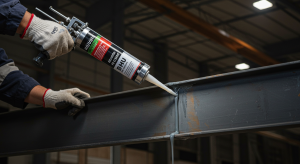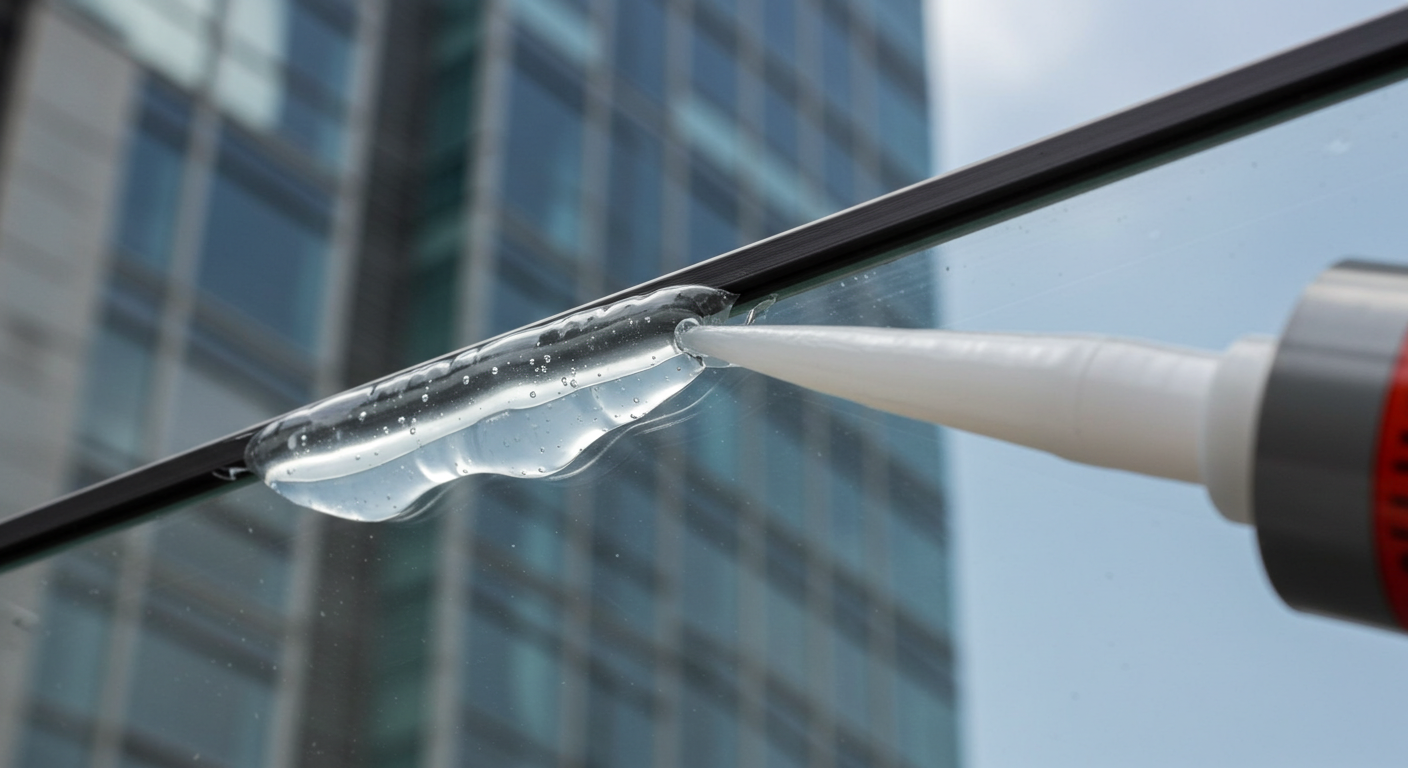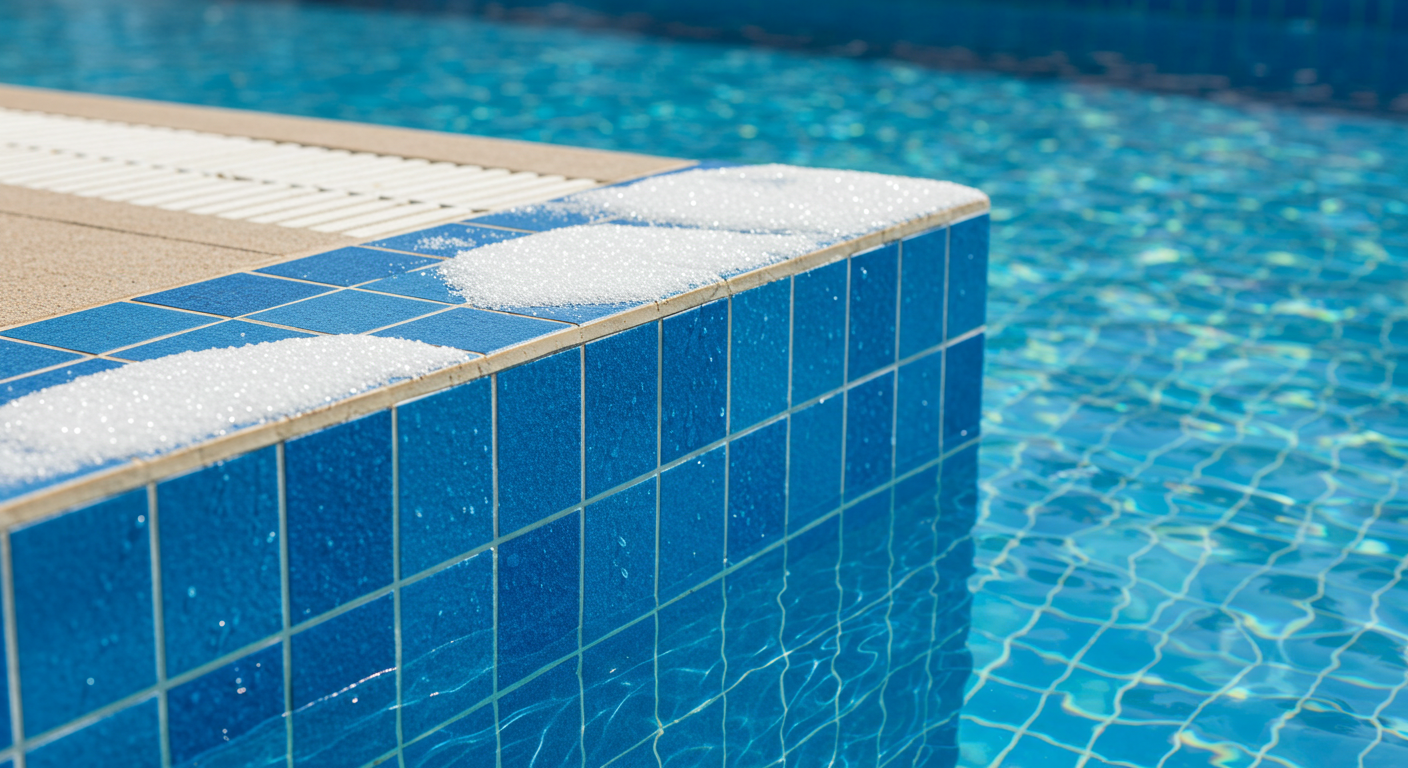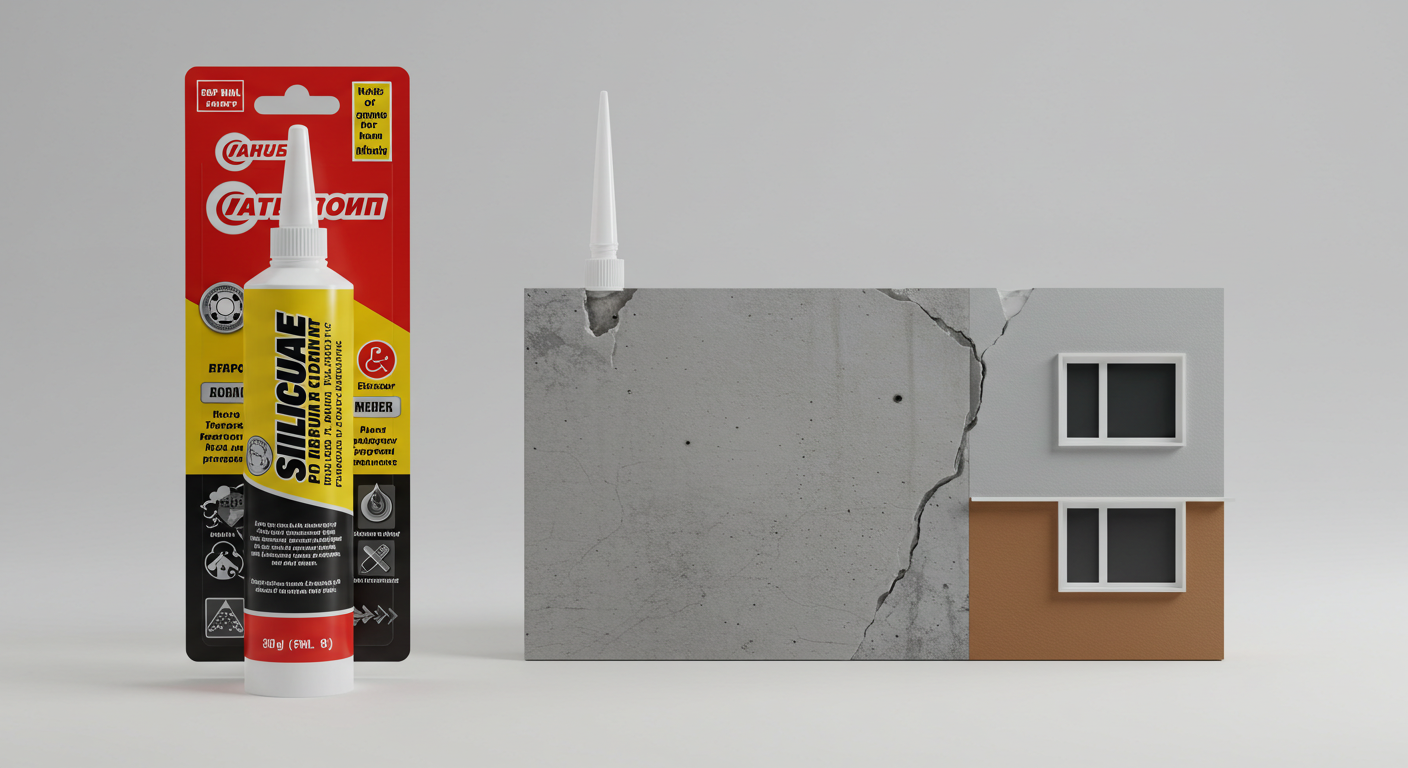Industrial PU Sealant for Heavy-Duty Construction
2025-02-01

When it comes to heavy-duty construction, sealing joints, cracks, and materials securely is crucial for long-term structural integrity. Industrial polyurethane (PU) sealants are leading the way in offering a durable, flexible, and long-lasting solution. Whether you’re working on a high-rise, a bridge, or a manufacturing facility, PU sealants can make or break the success of your project. Let’s dive into what makes them stand out, how they compare to other sealants, and why they’re a top choice for demanding construction needs.
What is an Industrial PU Sealant?
Industrial PU sealants are adhesive and sealing compounds made from polyurethane. Their main purpose is to create watertight, airtight seals between various surfaces in construction projects. Unlike traditional sealants, they offer high elasticity, excellent adhesion, and the ability to withstand environmental stressors like moisture, UV radiation, and extreme temperatures. These properties make them particularly effective for industrial applications where strong and flexible seals are necessary.
PU sealants work by curing into a rubber-like material, providing flexibility that accommodates structural movement without cracking or breaking. This makes them ideal for expansion joints, heavy machinery installations, and areas prone to vibrations. Their durability is further enhanced by their resistance to chemicals and environmental factors, making them the go-to solution for long-term reliability.
Comparing PU Sealants to Other Common Sealants
Choosing the right sealant for a construction project depends on several factors, including flexibility, adhesion, chemical resistance, and environmental durability. Below is a table comparing PU sealants to silicone and acrylic sealants:
| Feature | PU Sealant | Silicone Sealant | Acrylic Sealant |
|---|---|---|---|
| Flexibility | High | Medium to High | Low to Medium |
| Adhesion Strength | Excellent on multiple surfaces | Excellent on non-porous surfaces | Moderate on porous surfaces |
| UV Resistance | Moderate to High | High | Low to Moderate |
| Water Resistance | High | High | Low to Moderate |
| Durability | Excellent for heavy-duty use | Good for general use | Low for heavy-duty applications |
| Curing Time | 1-2 days | 1 day | 1-2 days |
Where PU Sealants Excel in Heavy-Duty Construction
PU sealants are versatile and can be used in various heavy-duty applications. Here are the key areas where they excel and why they outperform traditional options:
Expansion Joints
In large buildings, bridges, and highways, expansion joints are essential to accommodate structural movement due to temperature changes, seismic activity, and load shifts. PU sealants are ideal for these joints because they remain flexible even after curing, allowing for constant movement without cracking. Their elasticity ensures that the joints expand and contract freely, preventing potential damage to the structure.
In projects involving long spans, such as railway bridges, PU sealants are vital in keeping expansion joints operational even under extreme stress. Their resistance to fatigue prevents degradation, saving maintenance costs and extending the structure’s lifespan.
Roofing Systems
Water infiltration is a major concern for roofing projects. PU sealants provide a watertight seal that prevents leaks while withstanding exposure to UV rays and harsh weather conditions. They adhere well to different roofing materials, including metal, concrete, and rubber membranes. Over time, exposure to the elements can degrade inferior sealants, but PU sealants maintain their integrity for years, making them a valuable choice for commercial and industrial roofs.
Roofing contractors often use PU sealants to secure seams, flashing, and penetrations, ensuring complete waterproofing. Their ability to bond with varied substrates makes them a preferred choice for complex roof geometries.
Concrete Repairs
Cracks and gaps in concrete structures compromise stability and longevity. PU sealants effectively fill these gaps, forming a durable bond that resists moisture penetration. They’re commonly used in parking garages, bridges, and industrial floors, where water ingress can weaken the structure. Their chemical resistance protects the concrete from exposure to oils, fuels, and industrial chemicals.
In regions prone to freeze-thaw cycles, PU sealants are essential for preventing cracks from expanding due to water freezing and expanding within them. By sealing these vulnerable areas, they protect the integrity of concrete surfaces.
Window and Door Frames
Properly sealed windows and doors improve energy efficiency and prevent drafts or water leaks. PU sealants bond strongly to materials like wood, metal, and glass, creating an airtight seal that stands the test of time. In addition to improving thermal insulation, they also block noise, enhancing comfort within residential and commercial buildings.
Their flexibility ensures that the seals around windows and doors can accommodate natural expansion and contraction due to temperature changes. Unlike rigid sealants, PU does not crack under seasonal stress.
Heavy Equipment and Machinery
PU sealants are frequently used to seal joints and connections in heavy machinery to prevent the ingress of water, oils, and dust. Their ability to absorb vibrations makes them essential in manufacturing plants and industrial facilities. As heavy equipment operates under high mechanical loads, PU sealants protect internal components from contamination.
In automotive assembly lines, they play a crucial role in sealing panels, frames, and mechanical joints. Their resistance to wear and tear ensures uninterrupted production, reducing downtime and maintenance costs.
Environmental Resistance: How PU Sealants Handle Extreme Conditions
Heavy-duty construction projects often involve exposure to extreme environmental conditions, from heavy rainfall and strong winds to prolonged sunlight and freezing temperatures. PU sealants are designed to withstand these challenges. Their high tensile strength prevents them from breaking under pressure, and they maintain flexibility even in fluctuating temperatures. This adaptability is critical for outdoor applications such as highway construction and bridge maintenance.
Water and Chemical Resistance
PU sealants resist water penetration, making them ideal for sealing joints in water tanks, basements, and marine environments. Their resistance to chemicals also makes them suitable for use in industrial settings where exposure to oils, solvents, and chemicals is common. Marine environments, in particular, require sealants that can withstand constant saltwater exposure without deteriorating, and PU fits the bill.
UV Stability and Aging
While standard PU sealants offer moderate UV resistance, formulations specifically designed for outdoor use can maintain performance under prolonged sun exposure. This feature ensures long-lasting seals on exterior surfaces like façades and roofs. They don’t yellow or crack over time, preserving the building’s aesthetic appeal and functional integrity.
Installation Tips for Optimal Performance
Even the best PU sealant can fail if not applied correctly. Follow these tips to ensure a successful installation:
Surface Preparation
Clean the surface thoroughly to remove dust, dirt, oil, and any old sealant residue. A clean surface ensures better adhesion and prevents premature failure. For porous surfaces, consider using a primer to enhance the bond.
Use a Primer if Necessary
Depending on the surface material, a primer may be required to enhance adhesion. Always check the manufacturer’s recommendations before application. Primers are especially useful for substrates like concrete and stone, which may have inconsistent textures.
Application Technique
Cut the nozzle of the PU sealant tube at an angle to control the bead size. Use a caulking gun to apply the sealant evenly along the joint, and ensure that the sealant penetrates deeply for a secure bond. Maintain steady pressure to avoid uneven application.
Smoothing and Curing
After applying the sealant, smooth the bead with a damp finger or a smoothing tool. Allow adequate curing time, typically 24-48 hours, before subjecting the area to stress or exposure to moisture. Faster-curing formulations are available for projects with tight deadlines.
Common Mistakes to Avoid
Insufficient Surface Preparation
Skipping the cleaning process can lead to poor adhesion and seal failure. Always ensure the surface is free from contaminants, including oils and moisture.
Overapplication or Underapplication
Applying too much or too little sealant can cause gaps, bubbles, or excess material that weakens the seal. Aim for a consistent bead that fully covers the joint.
Ignoring Curing Times
Using the area before the sealant has fully cured can compromise its effectiveness. Be patient and follow the recommended curing time.
Sustainable Construction: Are PU Sealants Eco-Friendly?
As construction practices move towards sustainability, many manufacturers have developed eco-friendly PU sealants with low volatile organic compounds (VOCs). These formulations minimize harmful emissions, making them safer for both installers and the environment. Additionally, PU sealants can contribute to longer-lasting structures, reducing the need for frequent repairs and material waste.
PU sealants also support green building certifications like LEED by enhancing the building’s energy efficiency and reducing its environmental impact.
Real-World Example: PU Sealants in Action
Consider a large-scale bridge construction project where durability and flexibility are non-negotiable. Expansion joints require a sealant that can handle thermal expansion, vibrations, and constant load shifts. In this scenario, PU sealants outperform traditional options like silicone due to their superior elasticity and adhesion. Over time, they help maintain structural integrity by preventing water infiltration and crack formation, reducing maintenance costs.
PU sealants have also been pivotal in underwater construction projects, including dam repairs and marine port expansions. Their ability to cure in wet conditions has made them indispensable for sealing underwater joints and preventing water intrusion.
Conclusion
Industrial PU sealants are a game-changer for heavy-duty construction, offering flexibility, durability, and environmental resistance in challenging conditions. From expansion joints to machinery and roofing systems, their versatile applications make them a valuable asset in both new construction and repair projects. By choosing the right product and following proper installation techniques, you can achieve long-lasting, reliable seals that stand the test of time.
Their role in preventing cracks, leaks, and structural failure goes beyond the initial application, offering peace of mind for builders and engineers. Consider a project involving multiple levels of concrete expansion, such as a multi-tiered parking garage or a skyscraper under constant wind pressure. Here, PU sealants work quietly in the background, maintaining integrity as the structure breathes, contracts, and adapts to external conditions.




